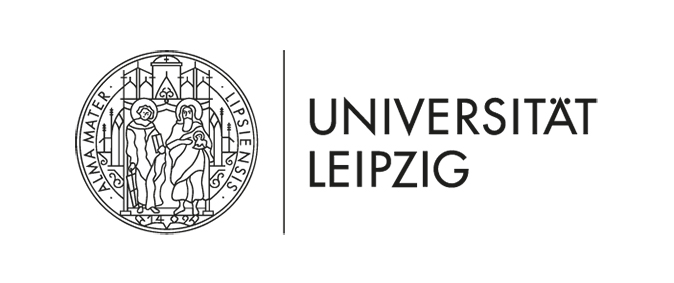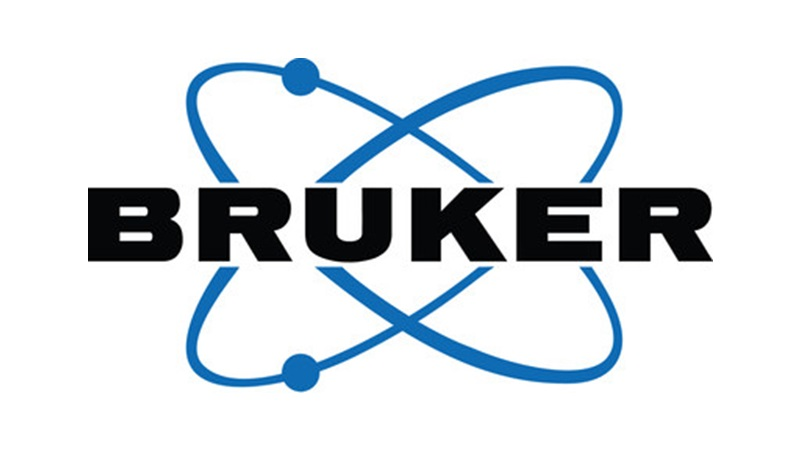|
14th Annual Symposium Physics of Cancer Leipzig, Germany Oct. 4 - 6, 2023 |
PoC - Physics of Cancer - Annual Symposium | |||||||||
|
|
Contributed Talk
Cluster formation of motile cells at the onset of cancer metastasis
Contact:
Metastasis, a series of processes by which malignant cells detach from a primary tumor and disseminate to other organs, is a dangerous and often fatal stage in cancer progression. Recent work suggests that the greatest metastatic risk stems from collective migration of tumor cell clusters, rather than from individual cells. Before such clusters can detach collectively, however, they must first aggregate in the tumor interior, and the mechanism of this cluster formation process are still poorly understood.
Our aim is to elucidate the underlying physics that governs the formation of collectively migrating cell clusters within the primary tumor. To this end, we study the clustering dynamics in a heterogeneous 2D model tumor with motile cells using computer simulations and concepts from active matter theory. Our model tumor is a confluent layer consisting of both motile and non-motile cells that mimic mesenchymal and epithelial phenotypes, respectively. We simulate the dynamics using the Cellular Potts Model -- an efficient computational method that can incorporate many biophysical parameters such as adhesion, polarity, and motility via simple energetic terms. Additionally, drawing inspiration from the celebrated Vicsek model, which offers a minimal model for clustering in active matter, we let the dynamics of the motile cells evolve with Vicsek-like cell-cell alignment interactions. To probe the effect of alignment on the clustering behavior we explore a range of settings -- from a non-interacting regime in which the motile cells move fully independently to a strongly interacting regime in which the cells align their preferred direction of motion to that of their neighbors. Interestingly, we find that the emerging cluster formation is not solely dictated by the cell-cell alignment interaction, but that the cellular environment plays an equally important role. As we increase the alignment between cells, larger motile clusters are formed, but this effect is reversed at strong alignment. Thus, unlike in the standard Vicsek model, the mean cluster size shows an optimum as a function of alignment strength; an effect that can be fully attributed to the presence of the dense non-motile environment. Overall, our work suggests that the formation of migrating cell clusters within a heterogeneous model tumor is governed by a non-trivial balance between aligning interactions that promote clustering, and the dynamic background of non-motile cells that suppresses clustering. Elucidating the effect of cell properties and the environment on the emergent collective behavior in an important a first step to ultimately control cluster formation and frustrate the onset of metastasis in a physics-informed manner. |









